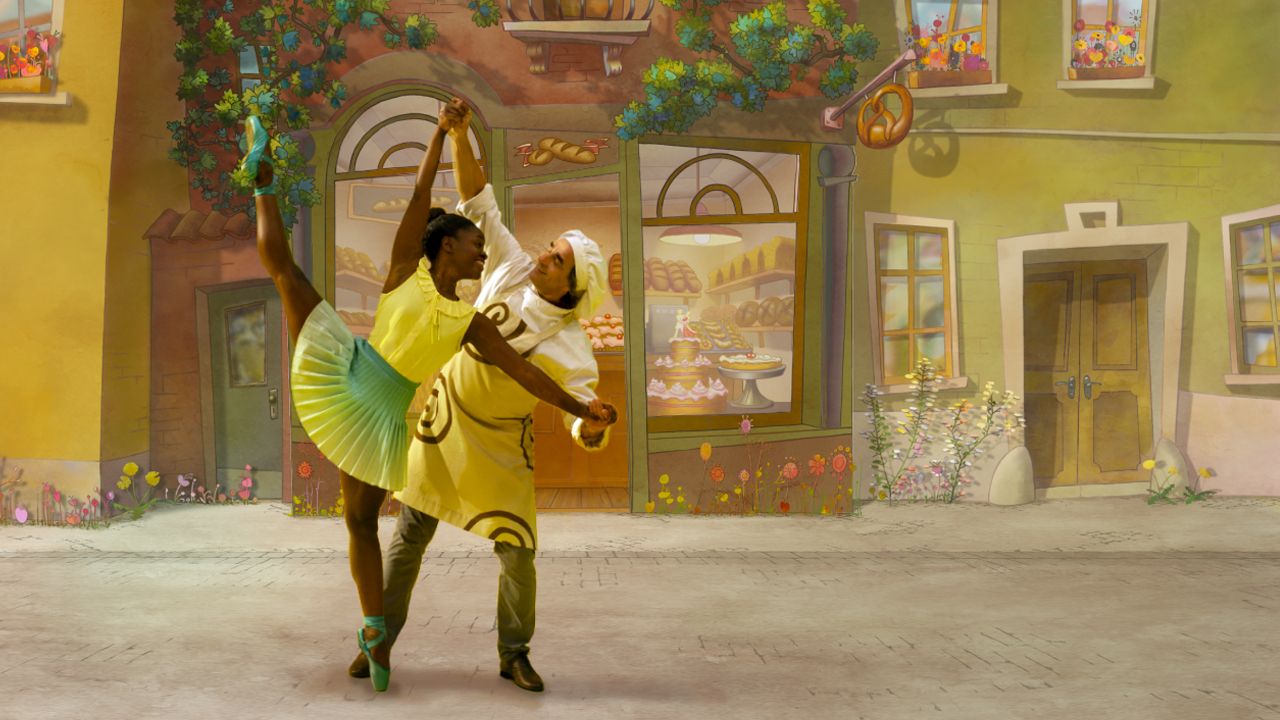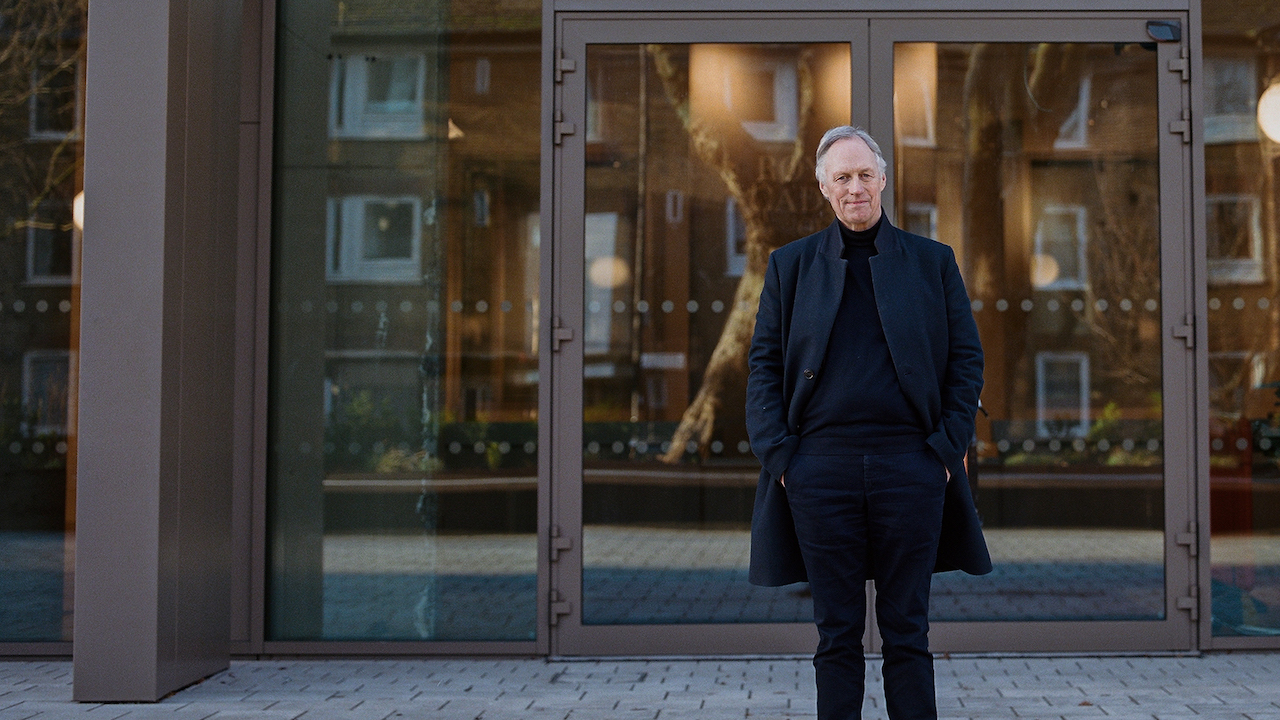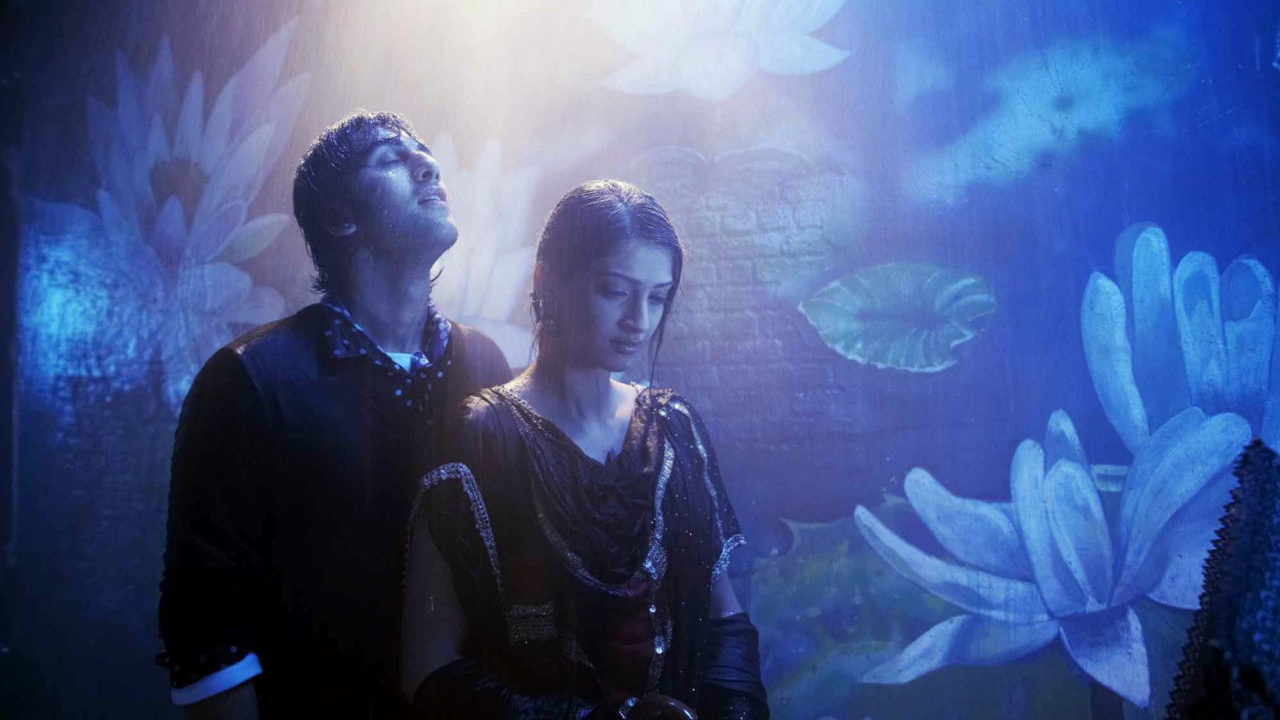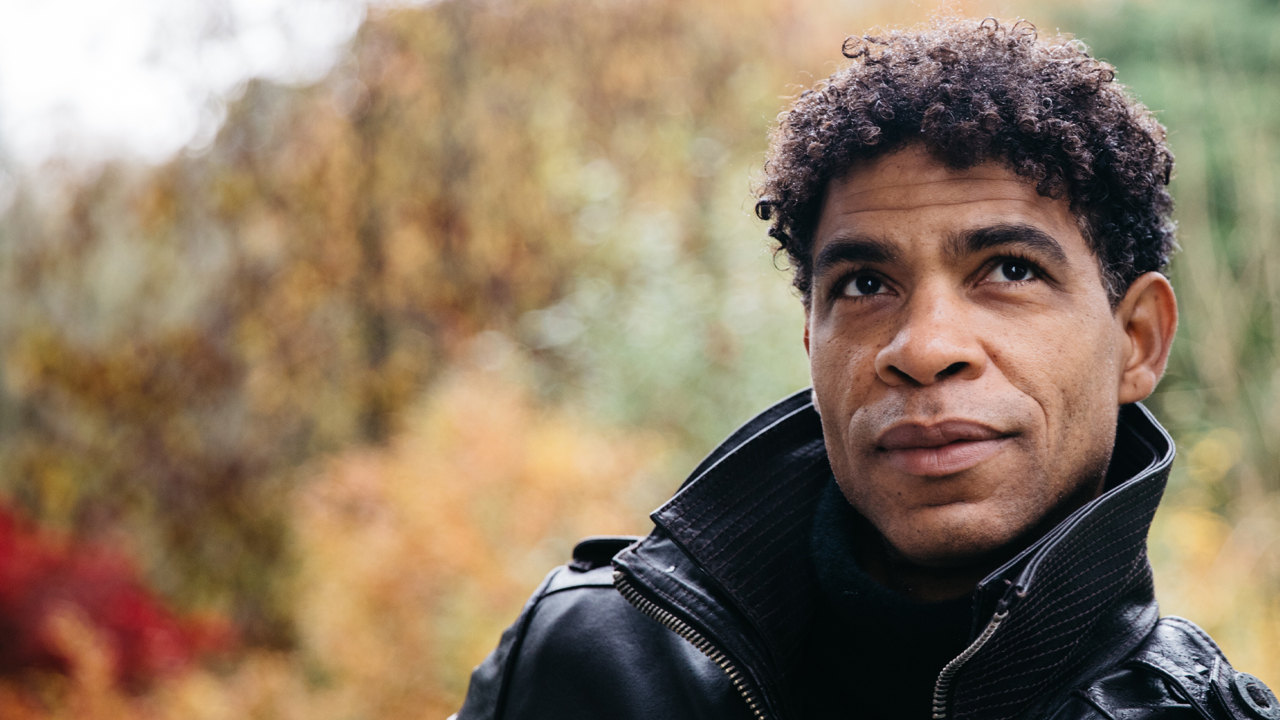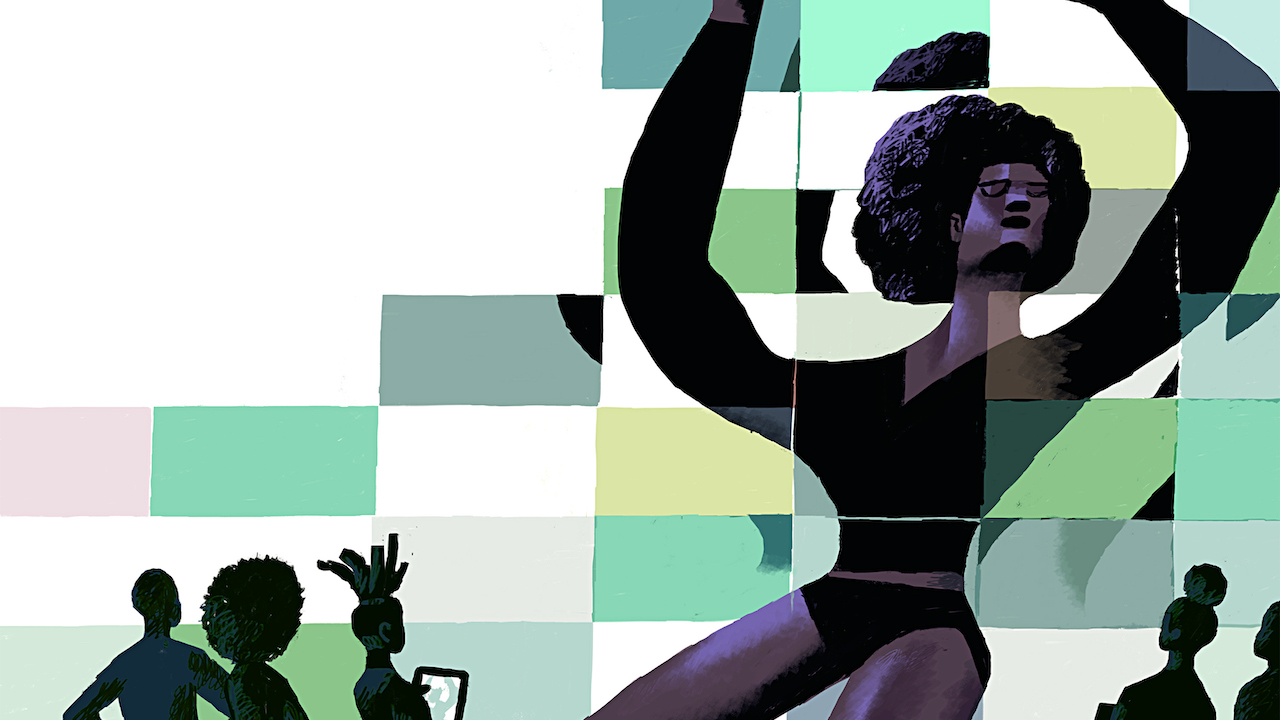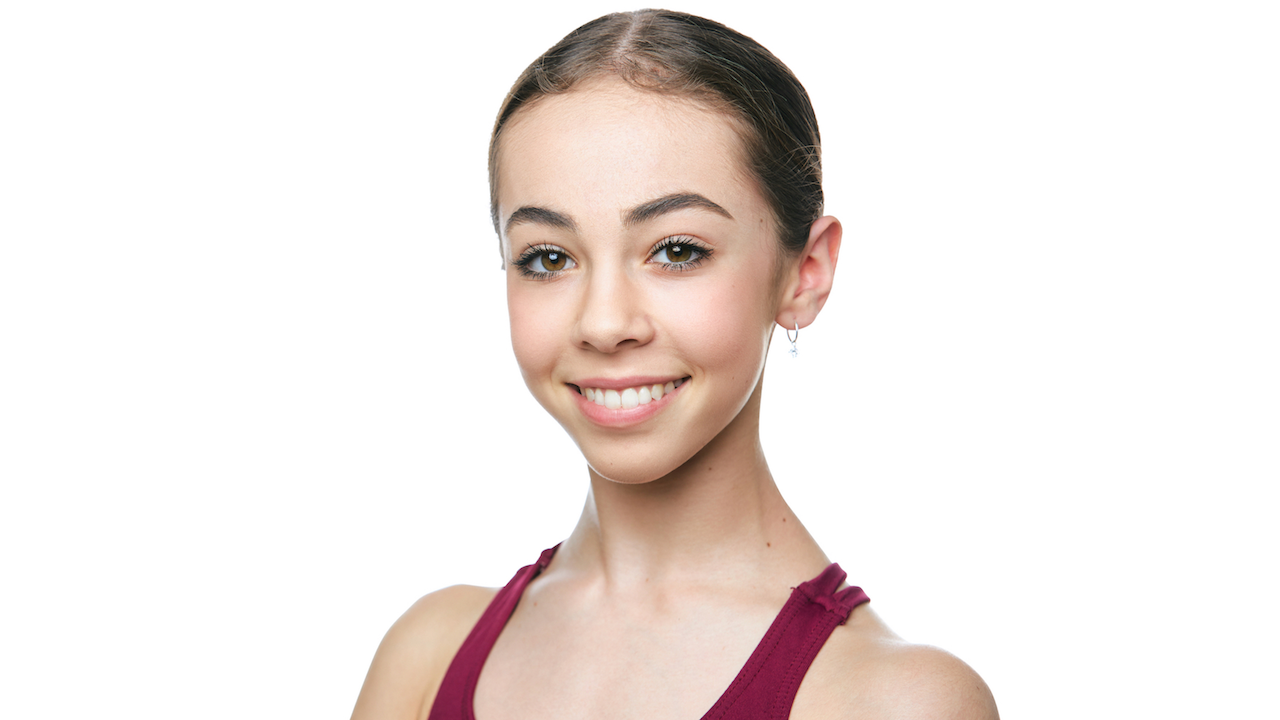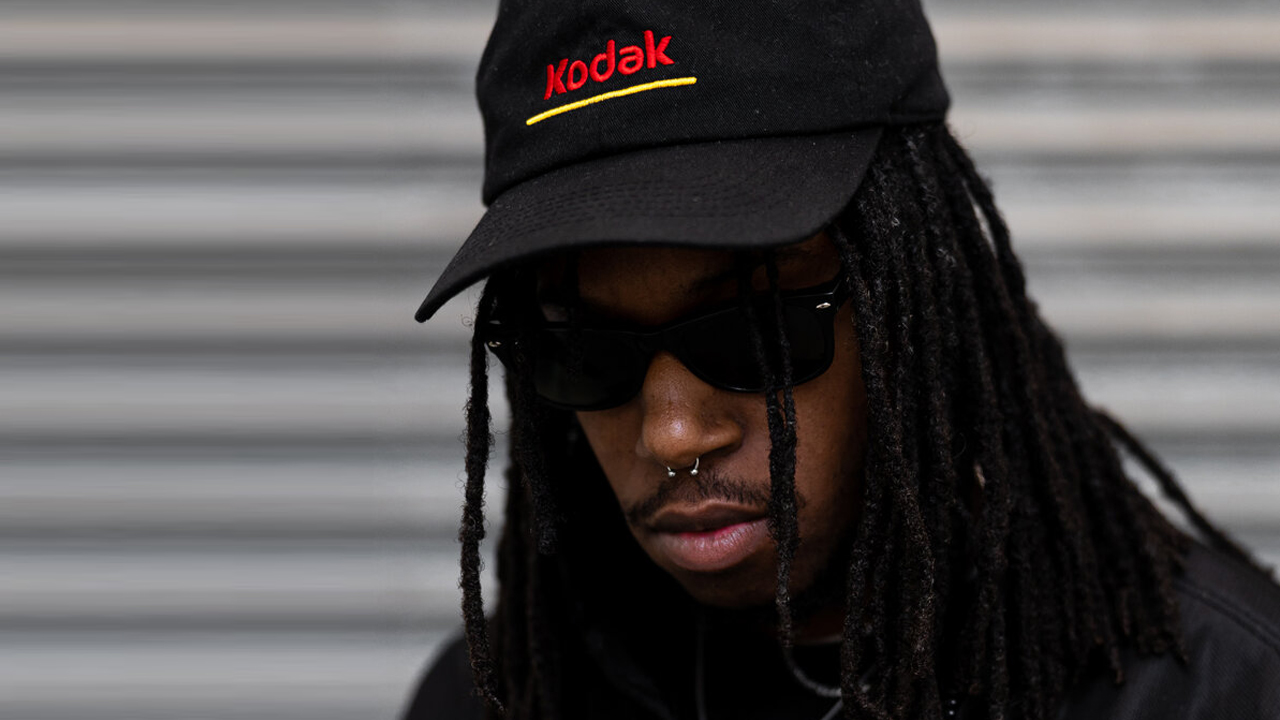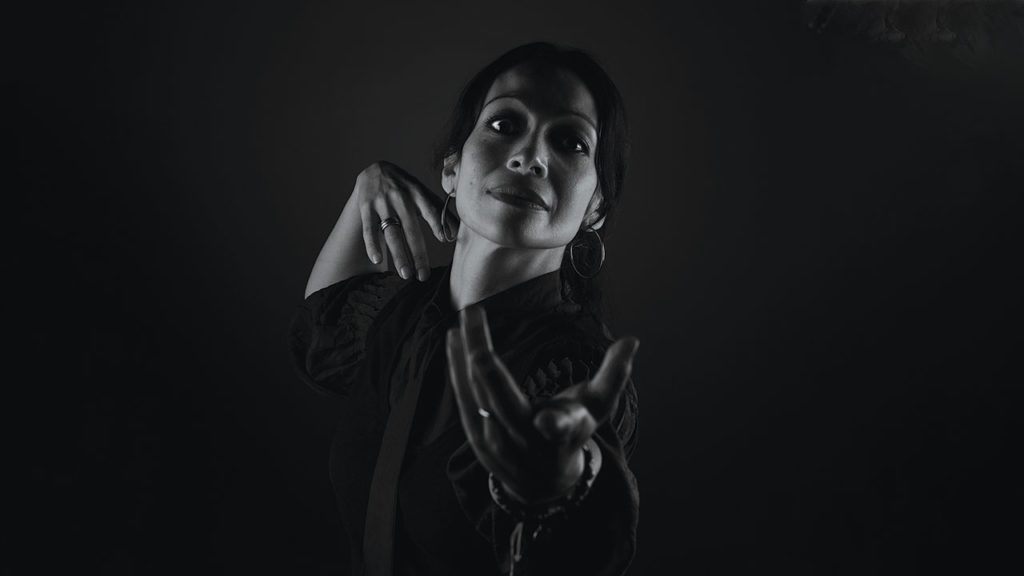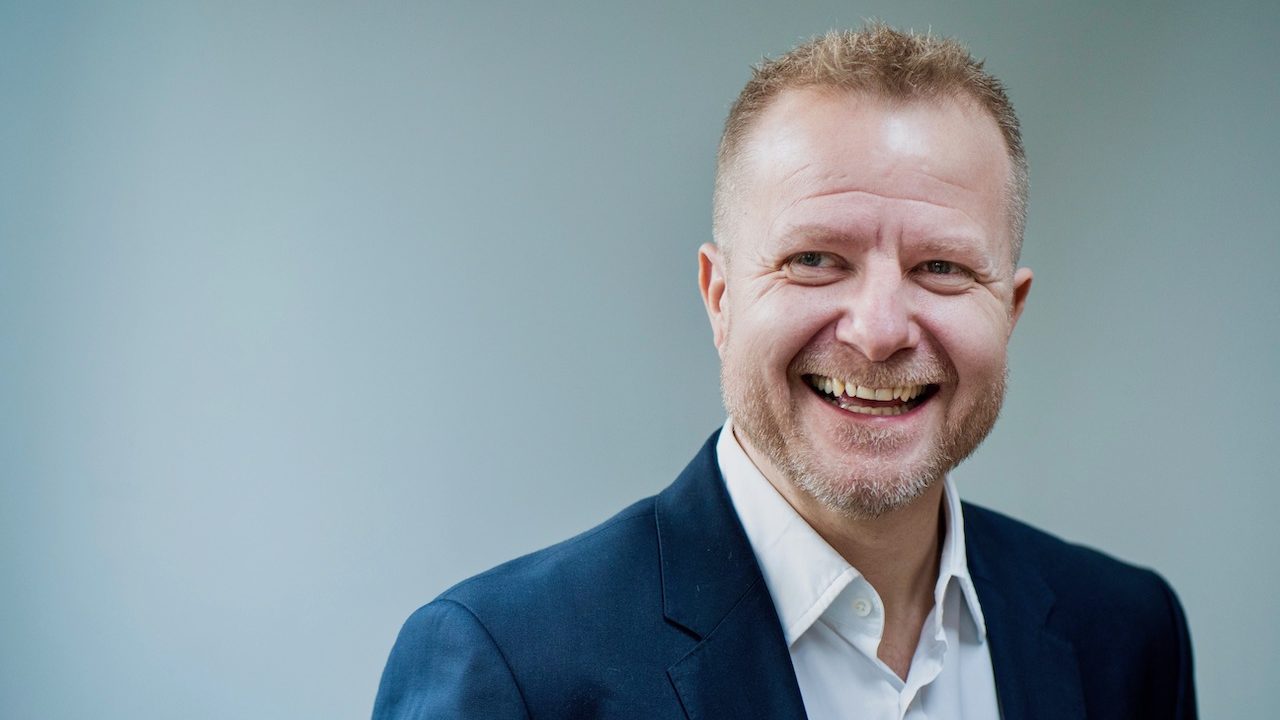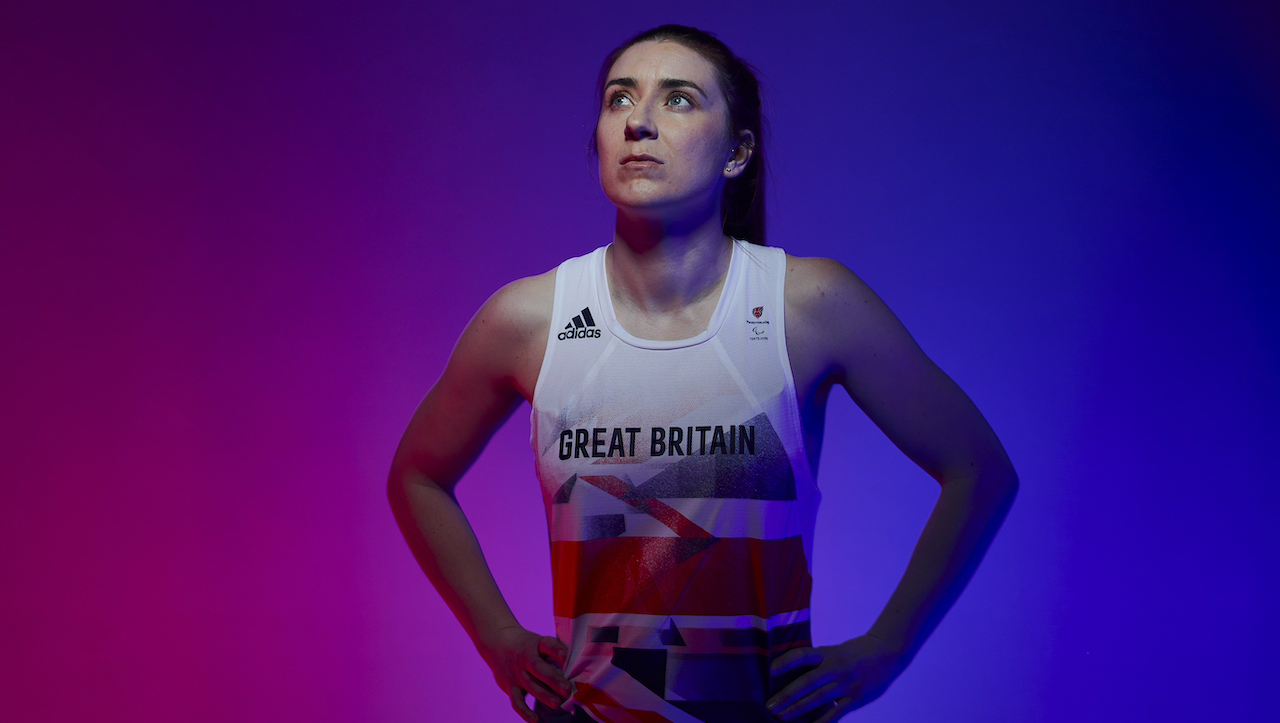You might think that, for a classical dancer, carrying a ballet story on stage is the greatest of challenges. But performing on film, says Darcey Bussell, is actually ‘more tiring than doing a live show in a theatre.’
Bussell experienced the challenges for herself when filming a cute-but-contemporary update of the classic ballet Coppélia. The film’s villain is Vito Mazzeo’s Dr Coppélius, a reimagined version of the original’s reclusive doll-making doctor. In this, Mazzeo’s character is a cosmetic surgeon who arrives in a quaint little town and starts getting the townfolk hooked on procedures to apparently beautify them. His Coppélia is a creepy en-pointe robot – designed as the ‘perfect’ woman – who he wants to bring to life by stealing the hearts of Michaela DePrince’s Swan (called Swanhilda in the original ballet) and her beau, Daniel Carmago’s Franz. Bussell herself plays the town’s demure Mayor and Irek Mukhamedov is the local baker.
The film, which combines live action with CGI animation, was inspired by Ted Brandsen’s quirky version of Coppélia for the Dutch National Ballet in 2008. But although Brandsen has created the choreography used in the film, his staged ballet served more as a jumping-off point for the atmosphere and concept of the family-friendly film.
‘As a kid, I loved films that mixed live action and animation, such as Mary Poppins, Bedknobs and Broomsticks and Gene Kelly’s Anchors Aweigh and Invitation to the Dance,’ shares Jeff Tudor, who co-directed Coppélia with animation specialists Steven De Beul and Ben Tesseur. Tudor watched the Dutch National Ballet’s performance in 2008 and almost immediately thought it had the potential to be turned into a film. His previous extensive experience of capturing dance and theatre on film includes Crystal Pite and Jonathon Young’s harrowing and profound Betroffenheit, but here he had something a little lighter in mind. ‘After filming a lot of dance productions for TV and cinema, I felt there wasn’t an awful lot of content that was appealing to a young audience,’ Tudor explains.

Coppélia seemed a perfect opportunity to get younger audiences, including those who might not dance themselves, to take an interest in ballet. Like Matthew Bourne’s remixes of the Tchaikovsky ballets, Coppélia has the bedrock of a classic ballet overlayed with colourful, stylised visuals and a light-hearted attitude.
But whereas Bourne likes to play with the off-beat and surreal, Coppélia fully embraces fairytale charm. Swan and Franz inhabit an unapologetically adorable world of crooked houses, nodding flowers and triumphant fountains. When Swan cycles her red Dutch-style bicycle through the town, all the friendly shopkeepers stop to wave hello.
The film also delivers a timely message about staying true to your identity despite the seductiveness of the mirror and camera lens. Bussell says this radical departure from the original Coppélia storyline explores ‘how we see ourselves and how we are creating a fake image of ourselves because we feel we’re not accepted the way we normally look. And it comes down to one girl, Swan, to say: “No, I loved everybody the way they were before, not the superficial image.”’
‘Like a modern-day silent movie, storytelling is done via choreography and dancers’ mannerisms’
Coppélia uses a score by Maurizio Malagnini, performed by the BBC Concert Orchestra. That’s the only sound you’ll hear, as the directors tell the whole story without dialogue. The result is a modern-day silent movie where all the storytelling is done via the choreography and the dancers’ mannerisms. ‘Silent movies are quite unusual these days,’ says Tudor, explaining that this directorial choice attracted interest in the film from the very beginning of the creative process.
It’s also a decision that makes the film accessible to speakers of all languages. As Bussell says, ‘dance connects in an international language’ and is able to address a tricky, sensitive subject with a young audience without being didactic. It also implicitly acts as an advert for – in Tudor’s words – ‘the expressive power of dance and music.’
For the dancers, performing to camera and conveying the subtleties of character, emotion and plot, presents very different challenges to performing on stage.
‘When we act in front of the public,’ says Daniel Carmago, currently a guest artist with the Hong Kong Ballet, ‘all our gestures are very expressive and big.’ This is so they can be read in the back rows of an opera house as easily as in the stalls. But transfer these large gestures to the screen and suddenly they look a bit overblown, perhaps even a little pantomime or melodrama-esque. When Carmago and his fellow cast members came to shoot Coppélia, a whole new skill set was required of them – one much closer to that of an actor rather than a dancer.

Daniel Carmago and Michaela DePrince. 
Vito Mazzeo as Dr Coppélius.
‘It was a whole different learning process for me,’ Carmago recalls. ‘But the more we did it, the more I could feel myself getting comfortable with it.’
Tudor remembers encouraging Carmago (who also appears in the recent feature film Birds of Paradise, set in an elite Parisian dance academy) to ‘be less ballet’ and instead ‘let more of his own character shine through.’ He took a similar approach with the other cast members. ‘We asked them to think how they would react as people, rather than as dancers,’ Tudor says. ‘They needed to tone down the size of their gestures and think about subtlety of expression.’
In one instance, this meant doing the opposite in front of the camera as they would on stage. ‘I also talked to them about breathing,’ he says. ‘This was really useful for Michaela, who had to express so many different emotions. On stage, you try your best not to show that you’re breathing heavily. But on screen, this can tell the audience a lot about what your character is going through!’
‘We asked them to react as people,
Jeff Tudor
rather than as dancers’

It sounds like a mode of performance some dancers could find difficult to adapt to – although Tudor stresses how seamlessly the cast of this particular film made the adjustments. But Carmago believes that learning the skills for acting on screen could, in turn, help a dancer convey character and emotion when they return to the stage. ‘One complements the other, because if you put the same intention into doing something small in a really meaningful way, but then add something extra to it on stage, it really helps to build the whole character up.’
Bussell also notes that ‘filming dance is tough for dancers because there’s a lot of waiting around, breaking parts down and not always filming a scene in one go.’ This stop-start routine can make it difficult to maintain the energy and zest a dancer needs to fuel their movements. The flip side is that it eliminates the ‘nerve-racking’ aspect of live performance, specifically the need to get things perfect first time. ‘If you aren’t happy or you feel it could be better,’ says Bussell, ‘you can always reshoot.’
For audiences, however, it offers an opportunity to see a different aspect of a favourite dancer’s talents or personality, with the camera making the encounter feel a little bit more intimate. ‘Lovely Michaela is such a strong dancer,’ says Bussell after watching the film. ‘But to see her as an actress was really special.’
Whatever the specific challenges a film set gives to a dancer – including learning the language of screen acting – it also presents new opportunities. Bussell thoroughly welcomes these: ‘You’re only becoming a stronger artist if you’re as versatile and accepting of all different mediums to engage with your audience.’
In Tudor’s opinion, ‘the camera can bring a different perspective to what people see in the theatre. There’s the minutiae of expression as we get up close to a dancer, and the opportunity to show the dancers in a different dimension. They are multi-talented artists who can express themselves through acting as well as through their movements.’
Watch
The trailer for Coppélia
Rosemary Waugh is an art and performance critic who writes for publications including The i, New Statesman, Art UK and The Stage.

